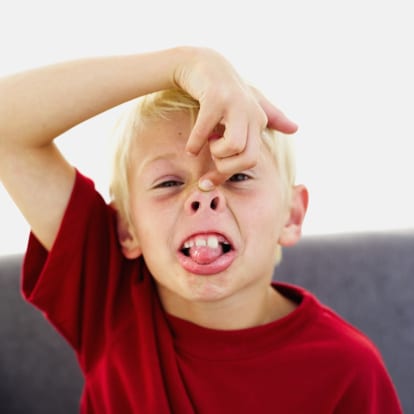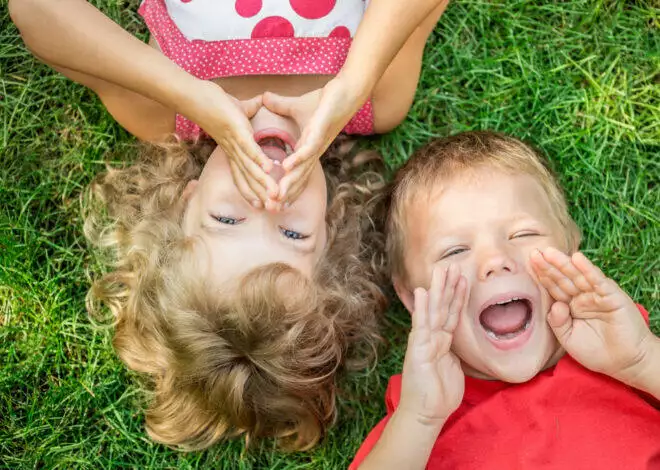 In my last blog, I discussed how autistic kids can learn to read social cues or facial expression. I talked about how we added a bonus category to our son’s earnings chart where he could earn extra monthly points if he noticed a social cue. Unfortunately, even after my son earned points for noticing a facial expression, he couldn’t really describe what he was seeing.
In my last blog, I discussed how autistic kids can learn to read social cues or facial expression. I talked about how we added a bonus category to our son’s earnings chart where he could earn extra monthly points if he noticed a social cue. Unfortunately, even after my son earned points for noticing a facial expression, he couldn’t really describe what he was seeing.
How else can we help autistic kids learn to read non-verbal cues?
Our child often doesn’t know what he’s seeing when he’s looking at the facial expressions of other people. We help him by explaining what he’s looking at but it’s difficult for him to discuss social cues. He’d much rather talk about the planets or Super Mario Brothers. It’s boring for him.
When we do have a successful conversation where I feel he’s actually getting it, I really try to “whoop it up.” I’ll make a big deal out of it in order to try to get him to remember his successes.
He’s had troubles, though. How has facial cues been a problem?
Our child had an experience with his respite person not too long ago. She had taken our child to his soccer game. When they were leaving, our child was apparently “making faces.” Our respite person didn’t understand the faces and asked our child to explain what his facial expressions were meant to say. She felt he was giving her a non-verbal facial expression.
Our child did not understand what she was asking.
Our respite person got angry at him. Our child, not understanding why she was angry, got upset in return. The ride home was not pleasant.
After I heard the story and interviewed both the respite person and my child, I believe I can accurately clarify what happened.
First, our respite person admitted to me that she was in a bad mood. She immediately apologized and said she “should know better.” She said she is a professional in the field of working with kids on the spectrum and she knows that even her bad moods should never interfere with her job.
She admitted that she had reacted to our son’s facial expressions badly by getting angry right away. She said she should have stopped him and really explored what was really going on with him. Instead, she told him to explain himself. When he couldn’t, she told him to stop it and then drove him home.
She took the blame for the incident.
Now, I still wanted to use this incident as a teaching tool for my child. So, I talked to him about it. We asked him to explain to us what had happened. He told us that when he was walking to Miss X’s car after his soccer game, he was making some funny faces. He told us that Miss X got mad at him after he could not explain why he was making the faces.
Then, my child added some extraordinary statements. He said, “Mommy, sometimes I just make faces for no reason. I didn’t know I was making faces at Miss X. I was just making them. Sometimes it just happens and I don’t know why it’s happening. I don’t make them for any reason.”
His explanation was incredibly satisfying to us because our son never goes into such details with a topic of conversation that typically bores him.
The first thing I did was congratulate my child for thoroughly explaining himself. I told him how satisfied I was with all the detail he put into his explanation. Our child is famous for saying, “I don’t know.” This was a step forward for him.
I then launched into another conversation about social cues and non-verbal facial expressions. We told him that his making faces had been interpreted as non-verbal communication. It may not have meant anything to him, but it was, at the time, meaning something to someone else.
Sometimes people aren’t going to like what you’re telling them with your face. Sometimes people are sensitive to even a look or a “strange” facial expression. We explained to him that other people may think he’s trying to tell them something with just his face.
What else did we do to help him understand facial expressions or social cues?
After that incident, we gave our child a small mirror. We asked him to practice facial expressions into the mirror and we did them with him.
Smiling, for example. Our child believes that teeth should be forefront in any smiling photograph. Point a camera at my child and ask him to “smile” and he’ll give you teeth, lots of teeth. The mirror helps him learn about his own facial expressions and gives him an idea of what people are seeing.
How else did we help him?
Simple, we tried to catch him when he was making faces. “Hey, you just made a face. What are you trying to tell me with your face? Anything?” He’d try to explain. Often we got the “I don’t know” version of explanations. But other times we got a “I’m just happy” or something like that.
There are hits and misses. Encouraging my child to notice social cues or facial expressions on other people is one way to help them learn non-verbal communication. He also had to understand that he gives out his own non-verbal facial expressions all the time. Do they mean anything? If they don’t, he still needs to be aware that he’d doing them.
When an incident happens, where it’s large or small, don’t just let it go. Use it as a teaching moment. You may be surprised by why you or your child learns.
I guess I’m saying that the misses are just as important as the hits. The successes are just as important as the negative incidents. Both will continue to happen again and again.
Get used to them, but always try to find the positive. Looking at the positives always works better with our kids. With any kids.
With facial expressions, try this. Smile at your child. Ask your child to smile back. Then, discuss the smiles. What are they trying to say? Next thing you know, you may both still be smiling. Enjoy it.





